#seme
Explore tagged Tumblr posts
Text
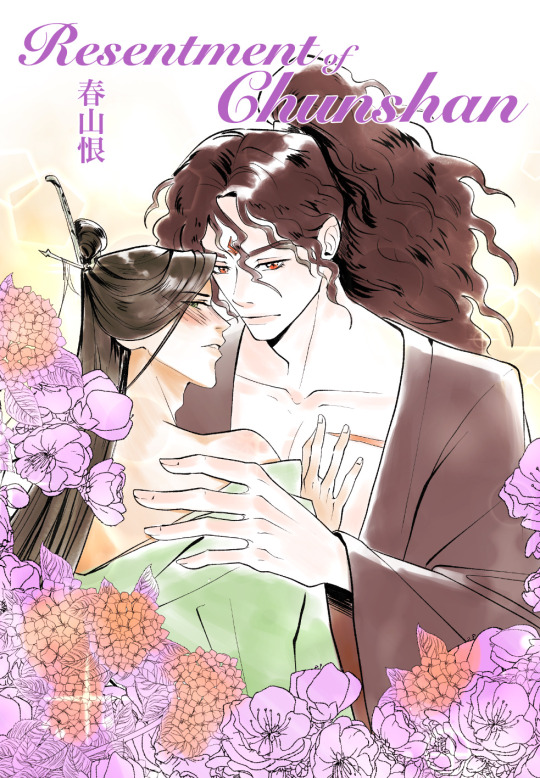
my ipad almost crashed while making this no im not taking it as a sign
2K notes
·
View notes
Text
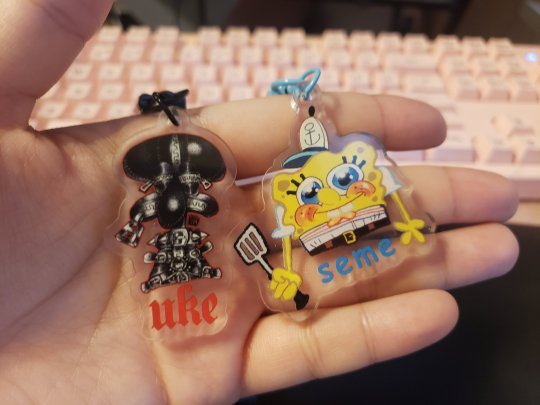

are you ready for the dankest of yaoi
1K notes
·
View notes
Text
I’m always thinking about that Death Note spin off novel about the LABB murder cases where Mello, as the narrator, calls L an “uke,” which to be fair originally means defender and is just slang the same way “bottom” is in English, which would have been fine had the English version translated it as ���defender,” But instead they translated it as “bottom.”
60 notes
·
View notes
Text

NAHHHH
114 notes
·
View notes
Text
rewatching Sasaki to Miyano for the gay panic 😭
rewatching Sasaki to Miyano while I wait for the 10th manga to release (in english) and omg my heart is going to explode all over again. The slow-burn is so real. I'm going to scream. they are too cute T_T
help me.
miyano's gay/bisexual panic is taking me out lmao
'I had a crush on a girl in middle school. i can't possibly like boys.' 😭
'just because i'm short and cute, doesn't mean I'm an Uke.' 💀
'just because i only read BL mangas doesn't mean I'm gay.' 🏳️🌈
my dear sweet Miyano T_T let me hold your hand through this
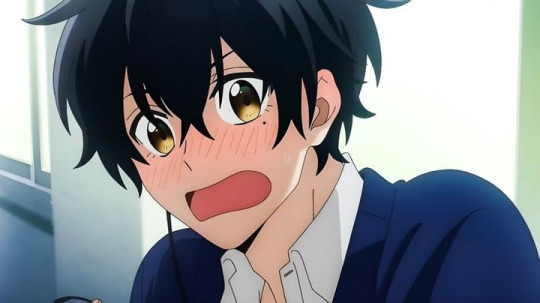
#sasaki to miyano#sasaki and miyano#miyano#sasaki#anime#manga#bl anime#bl manga#gay panic#bisexual panic#sasamiya#sasaki shuumei#miyano yoshikazu#uke male reader#uke#seme
27 notes
·
View notes
Text
Commentary on aroace/lesbian “fujoshi”
CW: talk of porn (the good and the bad), sex, and gender. Pretty graphic language and imagery. Sex repulsed aroace people BEWARE.
I would like to start this off by saying I am an aroace lesbian. What does that mean? Simply - I don’t want sex, nor romance, but if I did, I know where I’d find it. I love WOMEN. All women. Any women. I also really like yaoi, and I’ve seen some minimal discussion about specifically women who love yaoi or BL, and I’d like to add my two cents.
Several people online seem to take “lesbians liking yaoi” as just a natural reaction to the overall market of fiction. That is to say, there’s not a lot of options. There is a side to yuri which appeals to women, yes. But the way I see it, it’s either magical girl or slice of life, or, written by a man. And most of the stuff written by men is porn - bad porn. Thus it doesn’t appeal to women who actually like women.
In the same vein there is hetero stuff, which some lesbian/aroace yaoi enjoyers say doesn’t appeal to them because the majority of it has a male/female dynamic that is skewed. Oftentimes the woman is portrayed as weak or perhaps just isn’t a correct representation of the lesbian/aroace consumer. So why even bother?
Anecdotal, but I have had this experience too. I have a hard time getting into any kind of hetero ship because the women are often unrelatable or worse - just uninteresting. I don’t like men, so why would I care if it was just some faceless dame and her super hot husband? I don’t give a shit about him.
I’ve found that I enjoy a lot of hetero ships from demon slayer. Some may find this contradictory because there has been some commentary on the usefulness or intrigue around women in demon slayer. I think the demon slayer women are very interesting, story wise and appearance wise, and they fit very well with the men I ship them with. That is to say - men in demon slayer are simps for beautiful, strong, independent women - and I eat that shit up.
Most hetero stuff, however, is victimizing the women. Knowingly or unknowingly. It’s sad that if I want to get my rocks off to Mitsuri x Obanai, I have to scroll through like eight pages of the same inflation, big tits big ass no tummy, fart porn all sourced from the deepest dredges of Apocrypha. In fact, most of the time if you have the balls to like a fictional woman enough to want to see her getting respectfully banged, the cisgender heterosexual gooner men have already beaten you to the punch - and now you see her with her face in a smelly man’s ass. (All real examples by the way)
So it’s not to say I don’t like yuri, or hetero, it’s just that if I want to see women getting railed - I’m very particular. As I should be.
Yaoi, some people on the internet say, sets the men it’s focused around on equal footing. Instead of the woman being the damsel or a plain sexual object, the uke and seme are usually just two dudes. Not to say there aren’t power dynamics in yaoi - just to say that those power dynamics don’t hurt my pride as a woman. It doesn’t victimize a girl for somebody else’s sick kicks.
Yaoi, at least the kind I read, also can have an element of one man (the uke) usually being pretty soft or feminine. Why? Well that’s a pure reflection of how I (and other people) view sex. There is the giver and the receiver, the top and the bottom, the dom and the sub. Not that those lines don’t get crossed - they do, all the time. But as good ol’ Tevye says about Anatevka… TRADITION! (Sorry. It’s 3 AM)
The way I see it, it’s a way of having that traditional dynamic (pretty soft bottom and strong handsome top) without victimizing a woman. I do the same with yuri ships - I absolutely love love love a stone top with a pillow princess. And also - and I say this with no sense of shame - femboys are cute. Women are the superior form. Soz. So it’s awesome to see a man invoking his feminine side. It’s not like it makes him any less of a man. No matter how many times my mom peers at my drawings of Cloud Strife and says, “She’s pretty.” It doesn’t change the fact that he is him.
Gender is a fickle thing. It comes and it goes. I used to have a very conservative view of gender, and even sexuality. I was a “gold star lesbian”, and wanted nothing to do with men (still do, irl). You know what changed me? You’re gonna laugh. My Hero Academia. Oh, did I say you were gonna laugh? I meant cringe.
It’s not what you think. Bakudeku actually traumatized me - not the ship itself but one story I read on AO3 that I now understand for the masterpiece of terror and grossness it is. I would drop it but I don’t want to draw any undue attention to it.
What changed my mind on gender was actually Tomura. It didn’t even happen on purpose, l didn’t see him and go, “Oh he’s pretty, let’s dump a little more estrogen into him”. I shipped him with Dabi, paired them off as two dudes gettin it on, and I was loyal to my m/m ships. I ignored the ones tagged “Trans Tomura Shigaraki” because my brain refused to compute it. But then… I ran out of male fics. Well ran dry. I was getting anxious. I needed my shigadabi fix and how to get it?
Well. Can’t be that bad for Tomura to have a pussy.
… huh. He’s cute.
Oh no.
And that’s how it happened.
Just like that, my worldview shifted. Proud to say I’m a lot more open to gender and sexuality, now. It’s sometimes hard to admit that I used to have such rigid views. It’s a bit embarrassing - but I was also 13. My Hero just gave me the push I needed to grow up.
I’ll wrap it up now.
If you’re a lesbian or if you’re aroace and you like reading yaoi - don’t feel bad. Don’t even question it. Fiction is fiction, we’re here for such a short time you might as well enjoy the things you consume, whatever that may be. It doesn’t make you any less of who you are. It might mean that you’re just a feminist. Or it might mean you have some issues with your gender you need to hash out. Or maybe it means you just like hot guys. Who cares?
Some people argue why lesbians and aroace people like yaoi so much. There are many different answers. I’m not really concerned with them, anymore, now that I’ve found my own. What does concern me is the amount of people who I assume are outside of fandom circles… never having heard of women (lesbian or not) enjoying yaoi or BL. Several reddit comments asked, “There are lesbians who like that stuff? I’ve never seen one.”
Lemme tell you, these people are missing something awesome in life. Yaoi written by women is like fucking crack.

#yaoi bl#yaoi manga#yaoi#old man yaoi#cloud strife#fujoshi#fujoposting#yuri#lesbian yaoi#aroace#arospec#acespec#ace pride#reddit#bnha#bakudeku#zakkura#shigadabi#trans tomura shigaraki#yuri manga#doomed yuri#doomed yaoi#aerti#none of these words are in the bible#*bum bum bum bum bum bum bum bum* TRADITION!#uke#seme#fandom terms#it’s 4 AM actually#demon slayer
37 notes
·
View notes
Text
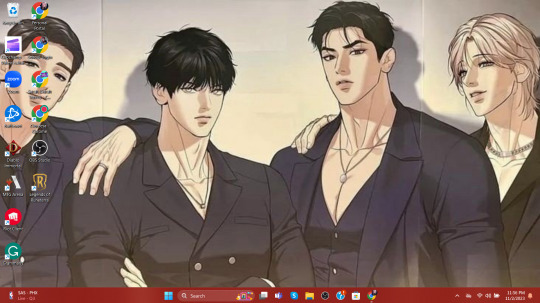
It's the Semes turn to grace my screen 😍😍😍
#yaoi love#yaoi#yaoi bl#yaoi recommendation#bl love#boy love#yaoi manhwa#bl manwha#bj alex#jinx#joo jaekyung#bj md#seme
104 notes
·
View notes
Text

Somebody at our library made a bad mistake
30 notes
·
View notes
Text


SpongeSquid seme and uke charms are restocked on my site 🥳 Squidward has a black background this time!
60 notes
·
View notes
Text

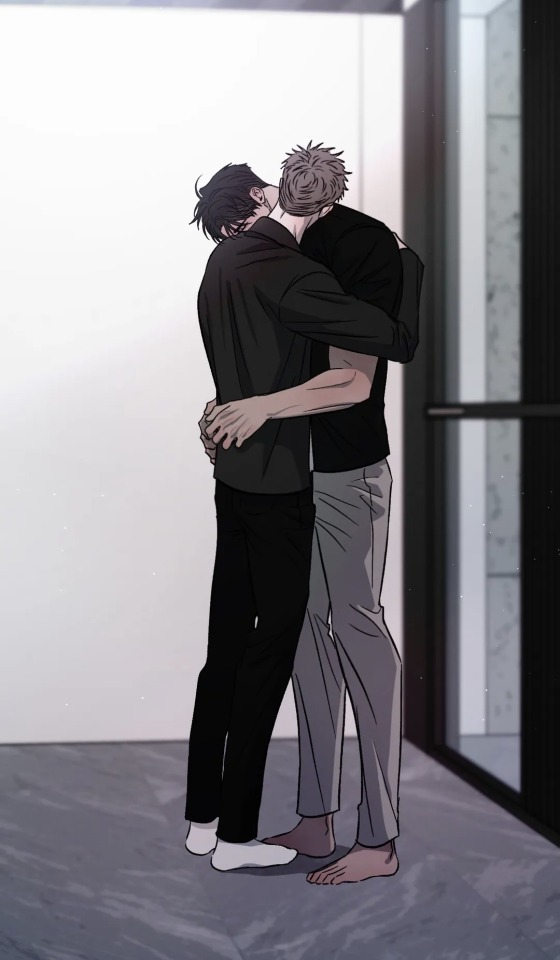
ugh i love a good crybaby seme 🙇🏽🙇🏽🙇🏽
sidenote: have to give the author their tens for writing some of the most frustrating couple fights i’ve ever read omg
#opposites attract#the art in this is just chefs kiss — the characters r stupendously hot fffffff#bl manhwa#bl webtoon#yaoi#bl manga#fudanshi#fujoshi#yaoi couple#yaoi recommendation#bl recommendation#manga panel#yaoi bl#seme#uke#manhwa yaoi
49 notes
·
View notes
Text
Mi piace pensare
che lo abbiamo solo nascosto
il nostro amore,
messo nella terra come un seme,
e forse altri lo vedranno spuntare;
è bellissimo un amore
che sopravvive ai suoi amanti.
Franco Arminio
21 notes
·
View notes
Text









Profile Stickers
Yaoi (part 2)
13 notes
·
View notes
Note
you do so much work for the skeleton meme community, thank you 🫡

6 notes
·
View notes
